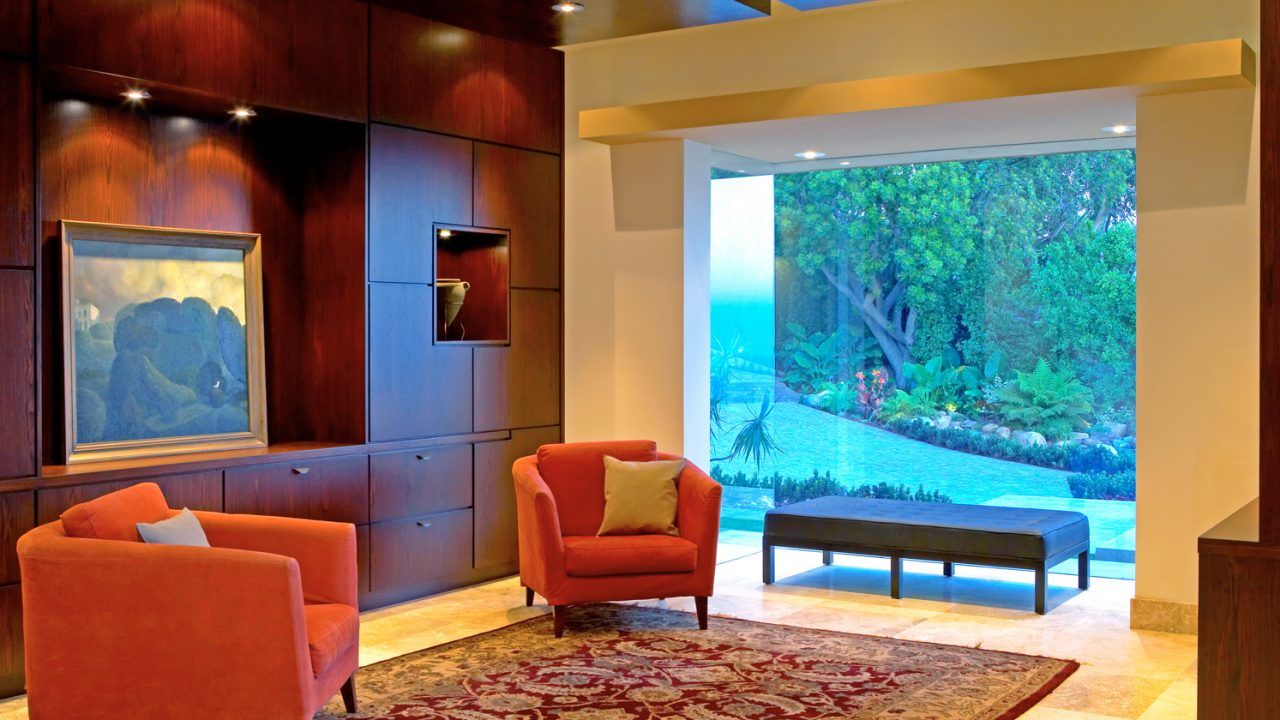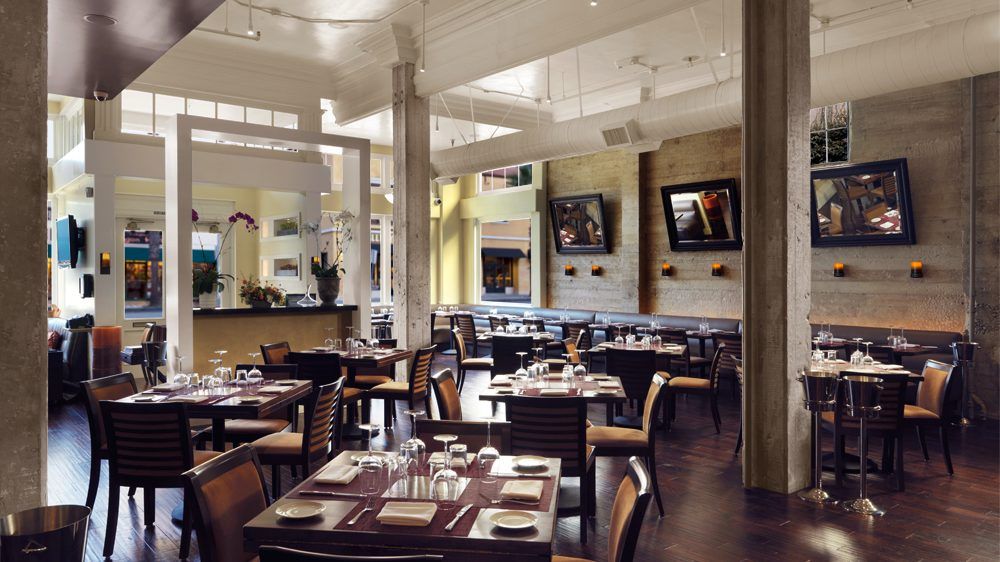Ways Architects Use Light

The general public rarely considers how lighting impacts the way they feel in a space. Architects, however, are well aware of the importance of light and how its presence can significantly impact the way users feel about their overall experience in a space. The way architects use light can have an impact on the mood of users, as well as the environmental sustainability of a building. In order to build sustainable homes that are healthy for occupants, architects need to consider daylighting in their designs.
Architects can also use light to make statements or enhance the aesthetic of a project. To do this, they draw on architectural design principles and theories that they have learned throughout their education and career.
4 Ways Architects Use Light in Architectural Design
Below are some of the ways architects use light.
To Improve Health and Wellness
Light plays an important role in regulating mental health and sleep cycles. Studies have shown that exposure to daylight is especially beneficial for people with seasonal affective disorder (SAD) or those who spend most of their time indoors.
Daylighting is an effective way to improve the overall health and wellness of residents by increasing their exposure to natural light through windows or skylights. This type of illumination offers several benefits over artificial lighting, including reduced energy usage and improved occupant comfort. Using natural light is more sustainable than artificial light, and can also help people feel better about their surroundings — studies have found that natural light improves performance and productivity in workspaces and reduces stress in hospital patients.

To Create a Sense of Safety
Architects often use indirect lighting sources such as ceiling lights, wall sconces or table lamps so that people don’t feel like they are being watched by others in the room. Indirect lighting also helps create an atmosphere of calmness when compared with direct lighting that can be more harsh on the eyes.


To Increase a Feeling of Privacy
Architects will often use lighting to give the impression that certain areas are private or restricted from public access. This helps keep people out of certain areas and helps ensures that no one is disturbed by others while they are working on sensitive tasks.
To Set a Mood
Architects can also use light to set a particular mood within a room or building. For example, one might want to create an atmosphere of relaxation in an office by keeping lighting levels low throughout the day and turning them up after 5pm as employees start leaving for home.
An architect can also create mood with color. Lighting designers can create a variety of atmospheres by using different levels of white light (warm/cool) or colored lighting (green/magenta). The color temperature can impact how we feel about a space and even influence our food choices — for example, higher levels of yellow in restaurant lighting has been shown to encourage diners to order more desserts.
Contact Dean Larkin for Exceptional Contemporary Design in California
The ways architects use light in their designs vary widely and can have big impacts. Dean Larkin Design was established in Los Angeles in 1999 and this modern architecture firm maximizes the intrinsic potential of a location, including its available natural light sources. Dean Larkin is very familiar with both historical and contemporary design in the entire Los Angeles area, and the firm endeavors to achieve a complexity that is multi-layered with an effortless elegance. For a design that is modern and innovative, unlocks your location’s innate potential by making specific use of light, views and more, and uniquely designed for the way you live, contact Dean Larkin for a consultation.